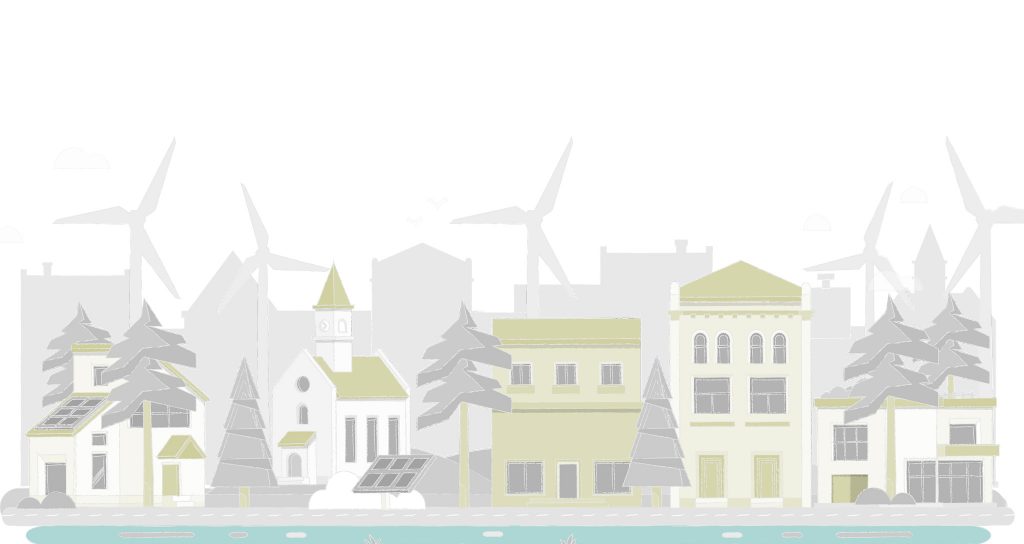In the debate around European re-industrialisation, we cannot afford to overlook the robotisation of industrial processes. Joan Guasch, International Development Director at EURECAT, the Catalan technology centre in Spain, talks with Christophe Rousseau, Brand Director at Actemium, the VINCI Energies industry brand.
The consensus today seems to be that re-industrialisation cannot happen without increased automation. How does this pairing of re-industrialisation and automation work, and what makes it so necessary?
Christophe Rousseau: Re-industrialisation and automation are indeed closely linked. These days, there is a robotics element to most new industrial projects. And this automation is not as costly as you might think compared with the overall cost of these projects.
Joan Guasch: I would go even further: there can now be no industrialisation without automation. But the problem, in my opinion, is that sometimes the people responsible for these industrial projects have a tendency to over-automate their production lines, with a risk of over-investment that can become a problem. Sometimes people lack a realistic vision of their needs. We need to be careful about that.
How does this re-industrialisation-automation pairing relate to the required decarbonisation of production?
C.R.: For one thing, industrial automation can reduce the cost of processes. But robots also have abilities that human beings don’t, which make it possible to optimise production rates, and some operations, while also enhancing safety, making them less expensive, especially in energy terms.
J.G.: Industry’s priority is to reduce costs. These costs arise from energy spending but also from defective products. By improving production quality, robotisation therefore reduces costs through lower energy consumption and also raw materials savings. That said, up to now, studies that have tried to measure the benefit-cost ratio of robotisation have not found a clear link between robotisation and a reduction in CO2 emissions. Given that automation is unavoidable and that industry needs to improve its carbon footprint, it is therefore essential to develop and refine these types of studies.
“Robotisation therefore reduces costs through lower energy consumption and also raw materials savings” Joan Guasch
C.R. It’s clear that automation reduces the consumption of raw materials. Similarly, using decarbonised energy to run robotic production lines is positive in terms of your carbon footprint. Also, robotic cells in factories have a fairly long life – in the order of 30 to 50 years. In fact, the things that need repairing or replacing on this kind of equipment are electronic or mechanical components, not the robot itself. We also shouldn’t ignore the impact of robotisation as a means of innovating on the very same decarbonisation projects, which would not be feasible without robots, for cost reasons or due to the high-precision tasks involved.
Which sectors and countries are the most advanced in terms of automation?
J.G.: The automotive sector is the most advanced in terms of the number of robots installed on production lines. But, if we’re talking about the level of advanced technologies embedded in robots, onboard artificial intelligence, for example, other sectors are more advanced, especially the electronics sector, but also healthcare.
C.R.: The robotisation rate in France is very low. It ranks 19th on the number of robots per employee. South Korea is far in the lead, followed by Singapore and Germany. However, France did increase its density of robots per employee by 10% in 2022. In Europe, Germany is in the lead, and Switzerland is also well placed in precision industrial processes. The Netherlands stands out in the logistics sector.
J.G.: There are some similarities between Germany, Italy, France and Spain. These are four countries with broad, diversified economies, where there is a high need for robots to cope with international competition, especially from China. But some smaller, more specialised countries such as Switzerland, the Netherlands and Denmark have made huge progress in robotisation in more specific business sectors.
If we look at the number of robots installed by country, the top three are Japan, China and the United States. But in the case of China, the figures we have are difficult to analyse. On the ground, people say that the robotic units are often old, if not obsolete. I think China is still something of an unknown quantity in this area.
Is automation itself an area of excellence that could restore power and sovereignty to Europe?
J.G.: Robotics is one of those domains where the two essential components – hardware and software – are produced in Europe by a wide array of suppliers. So, it’s potentially an important way for Europe to claw back some sovereignty. The problem is that the economically powerful major players in this market are not in Europe.
C.R.: Robotisation can be a way to regain sovereignty, but is far from being the only route to re-industrialising Europe. In any case, the bulk of the industrial market will for the time being remain localised in Asia, due to its low labour costs and a highly efficient and attractive ecosystem. On the other hand, for high-end and strategic production, robotisation can be of major help in strengthening European sovereignty.
According to Deepu Talla, VP and CEO of the microchip giant Nvdia, “The advent of generative AI coupled with simulation and digital twins technology is at a tipping point right now, and that combination is going to change the trajectory of robotics”. Do you agree with his analysis?
C.R.: We’re only just beginning this story. But it’s true that when robots gain sufficient capabilities in terms of vision, touch, smell, etc. the field of possibilities will widen considerably. I think that 10 years from now, we should see impressive things appearing on the market.
“The fear of robots coming to make jobs disappear is unfounded” Christophe Rousseau
J.G.I agree with Deepu Talla. But we shouldn’t forget that the rise of generative AI in particular at all levels of industry will also reduce the need for robots in some areas. But another question to ask is: what are we doing with the old robots? Do we have to replace them with new robots? In that case, industry is going to encounter serious financial problems. These are all questions that need answering.
What consequences could automation have on employment?
J.G.: There have been many studies on the subject. What we can say today is that work is going to change considerably in terms of acquiring new skills. On the other hand, to date, we have not established a clear relationship between automation and the destruction of jobs.
C.R.: The 10 countries with the highest rates of robots per employee in the world are also those with the highest employment. The fear of robots coming to make jobs disappear is unfounded. Many related jobs will be created as a direct result of robotisation, and other jobs will be generated through the momentum that robotising the economy will create.
Doesn’t automation bring its own risks, particularly in the areas of security and cybersecurity?
C.R.: It’s clear that some manufacturers are still not investing enough in computer security and cybersecurity, but they will have to remedy that quickly. The issue is too important, vital even. With the robotisation of production lines and the increasing power of process connectivity, their entire business is under threat.
J.G.: It’s essential for manufacturers to surround themselves with experts in this field. In fact, they have to collaborate on this with their competitors, who are equally exposed to this threat. Let’s not forget that AI, especially in the hands of cybercriminals, can also pose a risk to robotics.
10/17/2024




